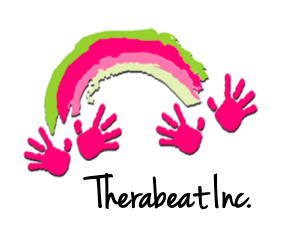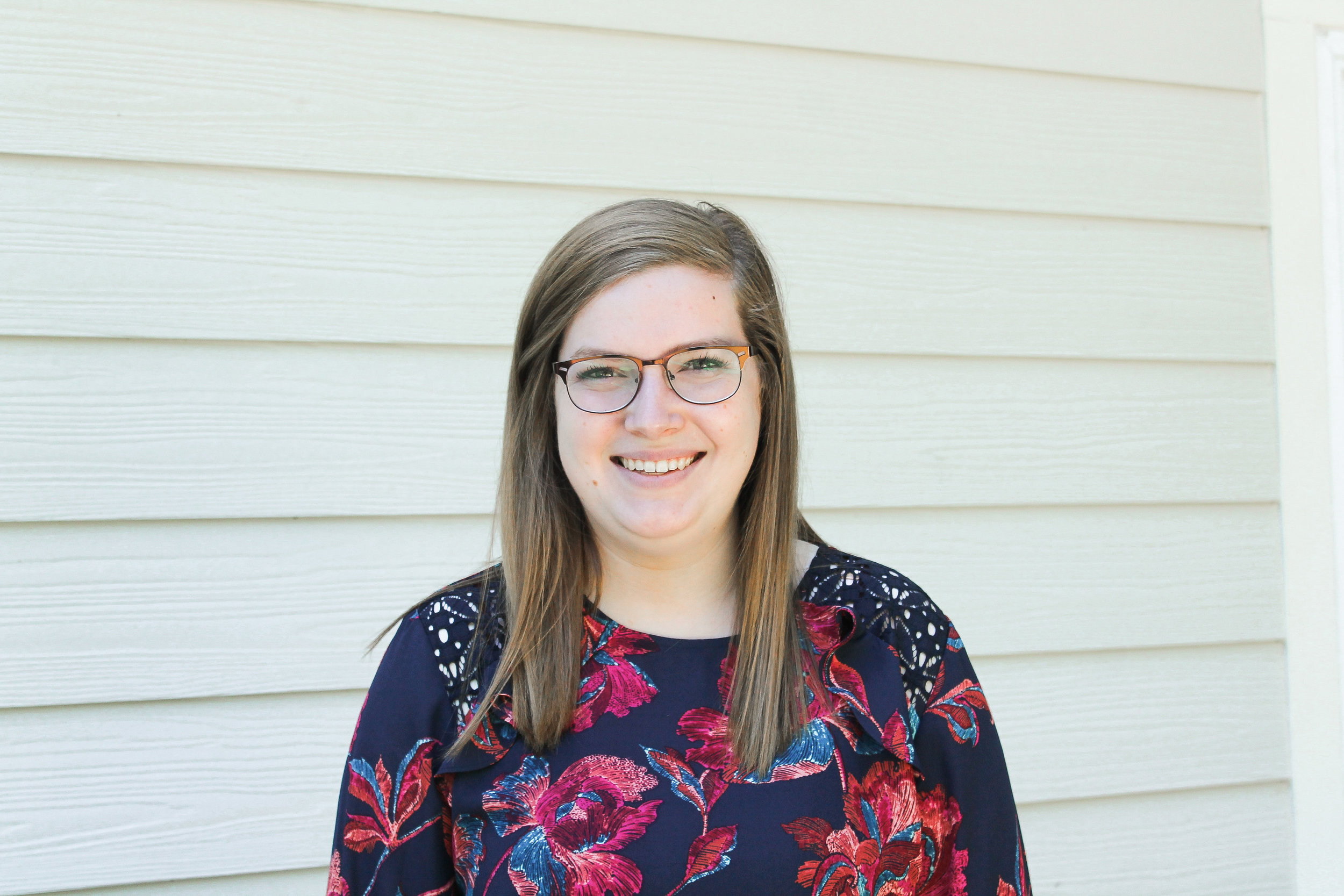According to the Nation Alliance on Mental Health, 1 in 5 adults experience a mental health illness. Current statistics show an increase in those diagnosed with a mental health illness receiving treatment, whether it be through therapy, medication, or a combination of both. While mental health illnesses are becoming prevalent around the world, the health care coverage system continues to make inpatient treatment sessions shorter, but more frequent. Mental health and music therapy, more specifically the Community Music Therapy Model, allows for inclusivity of making music and building relationships with individuals in mental health settings.
The use of music within the mental health setting not only creates an environment of inclusion, it also affects the neurobiological responses a body produces. Some mental health illnesses can be caused by an imbalance of neurotransmitters or hormones within the brain. One example of music affecting the brain is when calm or relaxing music is played, the body will decrease cortisol levels, creating the response of minimizing stress (Legge, 2015, pg. 128). Music has influenced the release of hormones associated with “social affiliation and trust” (Legge, 2015, pg. 135). This release of neurobiological responses allows for individuals diagnosed with mental health illness to be successful in an environment where Community Music Therapy Model is used.
The Community Music Therapy Model, also called CoMT, “emphasizes human connectedness, well-being and social change in and through music” (Baker, Jeanneret, & Kelaher, 2017, pg. 158). This value based perspective gives each member of the community a voice in which he/she can express and connect to those around them. This model allows for individuals who may not have access to meaningful music making experiences, the ability to highlight strengths and gain resources for growing relationships and outlets for expression in a community setting.
CoMT uses interventions, such as lyric analysis, improvisatory music making, or songwriting, to gain perspectives, time for reflection, and processing of emotions with a professional who can direct the responses in a therapeutic and comprehensive way. (Warren, 2016, para 4-7).
For those in a mental health setting, lyric analysis “introduces a novel and less-threatening approach to process emotions, thoughts, and experiences” (Warren, 2016, para 4). A lyric analysis uses either live or recorded music to allow each client the ability underline or discuss specific lyrics within the song and relate them to experiences they have encountered.
While playing with various instruments, improvisatory music making creates an environment where socialization and themes can be used for non-verbal communication between individuals attending music therapy (Warren, 2016, para. 5). Music therapists use themes, such as creating an ocean scene, to display tension and release through instrument play. Following the improvisation, a music therapist can lead a discussion about how each person felt during the experience or allow for correlation between instrument playing and life experiences.
Songwriting, can either be through filling in the blanks to a familiar song or creating a new song from the beginning. The use of songwriting can be “validating, and can aid in building self-worth. This intervention can also instill a sense of pride, as someone listens to their own creation” (Warren, 2016, para 7 ). During the songwriting experience, the music therapist provides a direction for musical and lyrical suggestions.
The use of a music therapist facilitating a CoMT environment is crucial, instead of someone who works at the facility, as the “success of the facilitation suggest transformation of relationships at different ecological levels, with the facilitator/music therapist creating the conditions and environment for this to occur” (Baker, Jeanneret, & Kelaher, 2017, pg. 159). The CoMT space is most successful when individuals are willing to participate and create music. The participation of those attending music therapy sessions create a safe environment for self-exploration and empowerment through music.
In conclusion, the Community Music Therapy Model is indicated to be used continue to be used in the mental health setting, as it allows for self expression and relationship building through interventions that increase creativity and group participation. Music therapy and mental health will continue to expand creating environments for more positive growth and experiences.
-Michaela Shockcor, Music Therapy Intern
References
Baker, F. A., Jeanneret, N., & Kelaher, M. (2017). Musomagic: Artist-led personal development programmes for youth as viewed through a Community Music Therapy lens. International Journal of Community Music, 10(2), 157-169. doi:10.1386/ijcm.10.2.157_1.
Legge, A. W. (2015). On the neural mechanisms of music therapy in mental health care: Literature review and clinical implications. Music Therapy Perspectives, 33(2), 128-141. Doi: 10.1093/mtp/miv025.
NAMI. (n.d.). Retrieved from https://www.nami.org/learn-more/mental-health-by-the-numbers.
Warren, M. (2016, December 19). NAMI. Retrieved from https://www.nami.org/Blogs/NAMI-Blog/December-2016/The-Impact-of-Music-Therapy-on-Mental-Health.
West, T. (2018, December 04). Wrt1050. Retrieved from https://writingandrhetoricatoaklanduniversity.wordpress.com/author/wrt1050/.








